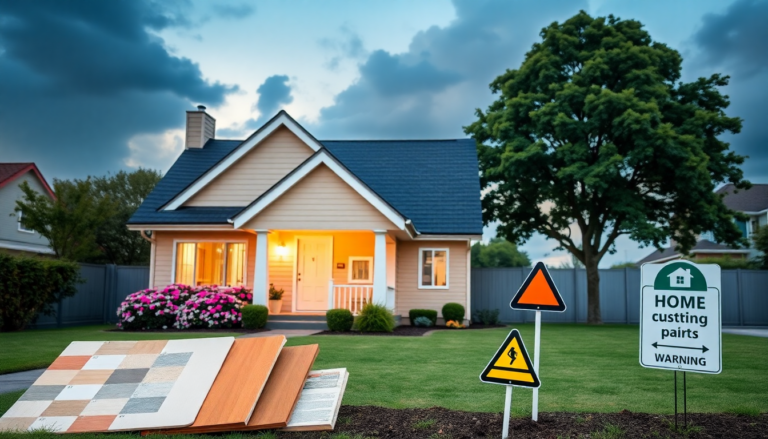Argomenti trattati
Buying a home is often one of the biggest financial moves we make in life, which is why it’s crucial to protect that investment from unexpected disasters. That’s where homeowners insurance steps in—offering a safety net for a variety of unforeseen incidents, from natural disasters like floods and wildfires to theft and structural damage. But how well do you understand the ins and outs of this type of insurance, especially when it comes to costs and coverage options? Grasping these details is essential for any homeowner looking to safeguard their asset effectively.
What’s New in Homeowners Insurance Costs?
The world of homeowners insurance is always changing, influenced by a mix of factors that affect pricing. Did you know that the average annual premium for homeowners insurance in the U.S. is around $2,341? That breaks down to about $195 a month for a policy covering a dwelling with a limit of $300,000. However, these figures can fluctuate widely based on where you live, the value of your property, and the specific coverage you need.
With ongoing inflation, many homeowners are feeling the pinch as insurance rates rise. This increase is largely due to soaring building material costs and the more frequent occurrence of extreme weather events. If you’re in an area prone to hurricanes or wildfires, you might notice that getting insurance has become more challenging. As we dig deeper into the factors driving these trends, it’s clear that understanding your local environment is key for homeowners hoping to secure comprehensive insurance coverage.
So, what really determines how much you’ll pay for homeowners insurance? According to industry experts, two main factors come into play: your home’s location and its risk profile. If you live in an area that’s prone to natural disasters, expect to pay higher premiums because of the increased likelihood of claims. For example, homes in hurricane-prone regions often bear steeper insurance costs compared to those in less vulnerable areas. Does your home’s location put you at risk?
Economic conditions also significantly impact insurance rates. As construction materials and labor costs rise, homeowners might see their insurance premiums reflect these economic shifts. This connection highlights the importance of regularly reviewing your policy, especially during major life changes like renovations or relocations. Have you reassessed your coverage lately? It’s wise to do so at renewal time, particularly if your risk exposure has changed due to local environmental factors.
How to Optimize Your Homeowners Insurance
Worried about rising insurance costs? Don’t fret—there are several smart strategies you can employ. First off, it’s essential to gather multiple quotes from different insurance providers. This not only encourages competitive pricing but also lets you tailor your coverage to fit your unique needs. Why settle for a one-size-fits-all policy?
Proactive measures can also help lower your premiums. Consider upgrading your home security, adding disaster-resistant features, and keeping your credit score in good shape. Bundling your insurance policies is another smart move, as many companies offer discounts for combining different types of coverage. Who doesn’t love a good deal?
Lastly, staying up-to-date on the latest trends in the insurance world is crucial. By being aware of average premiums by state and the factors affecting these costs, you can make informed choices that not only protect your investment but also help optimize your insurance coverage. Are you ready to take control of your homeowners insurance?

